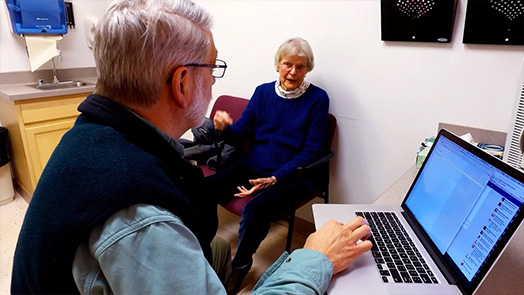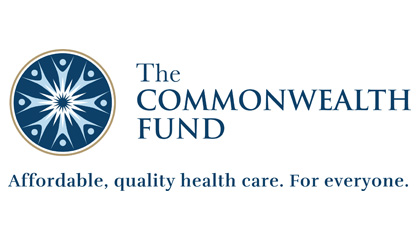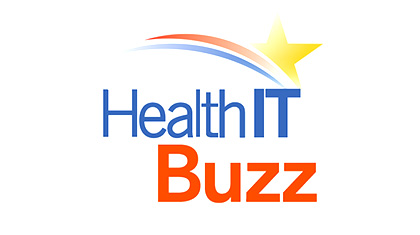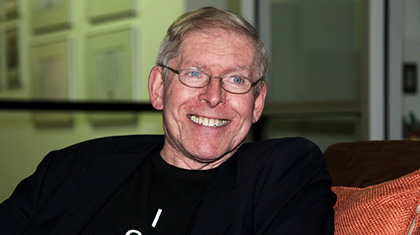Canada’s premier medical journal says it’s time patients had easy access to something they normally aren’t invited to see: the notes their doctors write about them. In an era of electronic health records and password-protected portals, patients should be able to access their medical records as easily as they do online banking, argues an editorial…
Patient Empowerment
Wall Street Journal: Health-Care Providers Want Patients to Read Medical Records, Spot Errors
Health-care providers are giving patients more access to their medical records so they can help spot and correct errors and omissions. Studies show errors can occur on as many as 95% of the medication lists found in patient medical records. Errors include outdated data and omissions that many patients could readily identify, including prescription drugs…
Wisconsin State Journal: Health Sense: More patients able to see doctors’ notes
In a classic “Seinfeld” episode, Elaine Benes learns that her medical chart says she is “difficult” because she refused to wear a paper exam gown. Her efforts to resolve the situation aggravate doctors, leaving her with an untreated rash. In the real world, where medical charts are increasingly electronic, some providers have started sharing doctor notes with patients.…
Let’s Show Patients Their Mental Health Records
Should we health professionals encourage patients with mental illness to read their medical record notes? As electronic medical records and secure online portals proliferate, patients are gaining ready access not only to laboratory findings but also to clinicians’ notes. Primary care patients report that reading their doctors’ notes brings many benefits including greater control over their health care, and their doctors experience surprisingly few changes in workflow. While patients worry about electronic records and potential loss of privacy, they vote resoundingly for making their records more available to them and often to their families.
Consumer Reports: The doctor will e-mail you now
Though they may be late to the party, this year you can expect your doctors to join your bank, your credit-card company, your insurance company, and probably even your supermarket and hairdresser in connecting with you online. In fact, you may find your doctor actively encouraging you to send her an e-mail. Why? Starting this…
Healthcare IT News: Voice of the Patient
What happens when patients get involved? Better outcomes. In a Healthcare IT News cover story, transparency “pioneers” discuss why we need to give patients access to all their health information.
Peter Elias, MD: On the road to shared office visits
Nearly a year ago I embarked on an adventure that has been changing how I practice medicine. It is also changing how medicine feels. It began quite innocently. During an office visit to discuss a new diagnosis of a serious and chronic illness, we talked about problems inherent in the need to involve several physicians…
When Seeing the Same Physician, Highly Activated Patients Have Better Care Experiences Than Less Activated Patients
By Jessica Greene, PhD, Judith H. Hibbard, PhD, Rebecca Sacks, and Valerie Overton, CNP, RN Patients who have the knowledge, skills, and confidence to manage their health and health care report better health care experiences than patients with lower levels of “activation” who see the same clinicians. Findings from this Commonwealth Fund–supported study suggest that care…
Health IT Buzz: Building Momentum: Expanding Patient Access to Medical Records
By Lygeia Ricciardi, EdM Giving patients (or, more broadly, consumers), easy electronic access to their own health information is a key step in empowering individuals to be more engaged partners in their health and their healthcare, including: coordinating care among multiple providers, making sure medical records are accurate and complete, and using apps and tools…
e-Patient Dave on PBS: “My Health Counts”
Listen to the e-patient stories of Dave deBronkart, Lygeia Ricciardi (official consumer e-health guru at HHS) and Buffalo resident Tom Dixon on PBS, hosted by Susan Hunt. Check out the video here.













You must be logged in to post a comment.